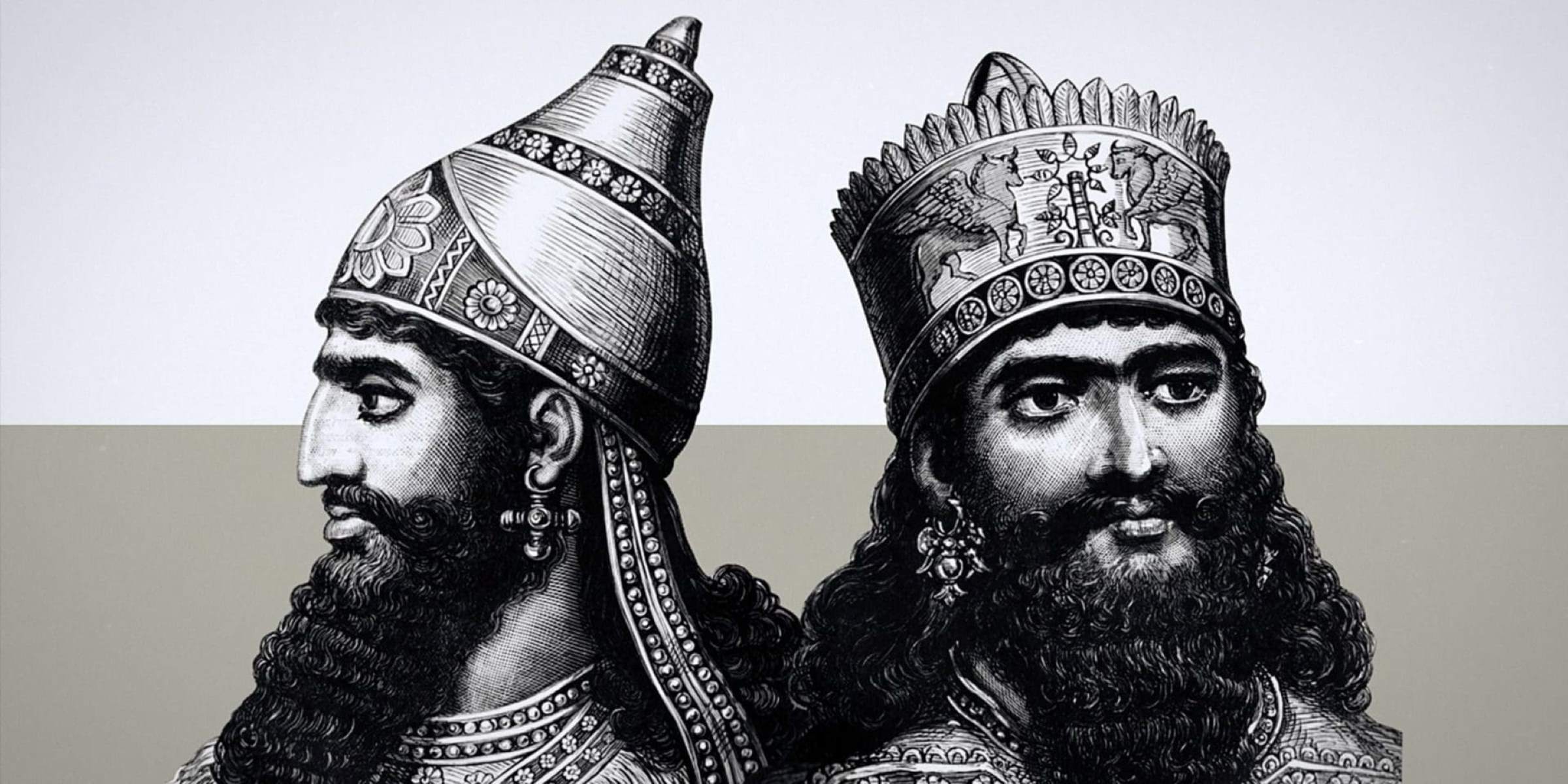
Who was Nebuchadnezzar II? Nebuchadnezzar II, a name echoing through ancient history, was the mighty king of Babylon. He ruled from 605 to 562 BCE, transforming Babylon into a grand empire. Known for his military conquests, he expanded his kingdom, making Babylon a dominant force. His most famous achievement? The Hanging Gardens of Babylon, one of the Seven Wonders of the Ancient World. Nebuchadnezzar II also played a significant role in biblical history, capturing Jerusalem and exiling the Jews to Babylon. His reign marked a golden age for Babylon, filled with architectural marvels, cultural advancements, and significant historical events.
Key Takeaways:
- Nebuchadnezzar II, the legendary Babylonian king, ruled for 43 years, conquered Jerusalem, and built magnificent structures like the Ishtar Gate and possibly the Hanging Gardens of Babylon.
- Nebuchadnezzar II's reign left a lasting impact on culture, religion, and history, inspiring operas, movies, and archaeological discoveries that continue to captivate people's imaginations today.
Nebuchadnezzar II: The Babylonian King
Nebuchadnezzar II, one of the most famous kings of ancient Babylon, ruled from 605 to 562 BCE. His reign marked a significant period in Mesopotamian history, filled with military conquests, architectural achievements, and cultural advancements. Let's dive into some fascinating facts about this legendary ruler.
-
Nebuchadnezzar II was the longest-reigning king of the Neo-Babylonian Empire, ruling for 43 years.
-
He was the son of Nabopolassar, the founder of the Neo-Babylonian Empire.
-
His name means "O Nabu, preserve my firstborn son," reflecting the Babylonian god Nabu.
Military Conquests and Expansion
Nebuchadnezzar II was a formidable military leader, expanding Babylon's territory and influence through numerous campaigns.
-
He defeated the Egyptians at the Battle of Carchemish in 605 BCE, securing Babylonian dominance over Syria and Palestine.
-
Nebuchadnezzar II captured Jerusalem twice, in 597 BCE and 586 BCE, leading to the destruction of Solomon's Temple.
-
He exiled many Jews to Babylon, an event known as the Babylonian Captivity.
Architectural Marvels
Nebuchadnezzar II is renowned for his ambitious building projects, which transformed Babylon into a magnificent city.
-
He constructed the Ishtar Gate, one of the most famous entrances to Babylon, adorned with images of dragons and bulls.
-
The Hanging Gardens of Babylon, one of the Seven Wonders of the Ancient World, are often attributed to him, though their existence remains debated.
-
Nebuchadnezzar II rebuilt the Etemenanki ziggurat, believed to be the inspiration for the biblical Tower of Babel.
Cultural and Religious Influence
Nebuchadnezzar II's reign had a profound impact on Babylonian culture and religion.
-
He promoted the worship of Marduk, the chief god of Babylon, and restored the Esagila temple dedicated to him.
-
Nebuchadnezzar II's inscriptions and records provide valuable insights into Babylonian society, law, and governance.
-
He is mentioned in the Bible, particularly in the Book of Daniel, where he is depicted as a powerful yet prideful king.
Personal Life and Legacy
Nebuchadnezzar II's personal life and legacy continue to intrigue historians and scholars.
-
He married Amytis of Media, which helped solidify an alliance between Babylon and the Median Empire.
-
Nebuchadnezzar II's mental health is a topic of speculation, with some sources suggesting he experienced periods of madness.
-
His death in 562 BCE marked the beginning of the decline of the Neo-Babylonian Empire.
Nebuchadnezzar II in Popular Culture
The legacy of Nebuchadnezzar II extends beyond ancient history into modern culture.
-
He is a central figure in the opera "Nabucco" by Giuseppe Verdi, which dramatizes his reign and the Babylonian Captivity.
-
The Matrix trilogy features a hovercraft named "Nebuchadnezzar," symbolizing a journey of liberation and enlightenment.
-
Nebuchadnezzar II's story has inspired numerous books, movies, and TV shows, reflecting his enduring impact on popular imagination.
Archaeological Discoveries
Archaeological findings have shed light on Nebuchadnezzar II's reign and the grandeur of Babylon.
-
Excavations at Babylon have uncovered remnants of the Ishtar Gate, providing a glimpse into its former splendor.
-
Clay tablets from Nebuchadnezzar II's time offer detailed accounts of his building projects, military campaigns, and administrative decisions.
-
The ruins of the Etemenanki ziggurat reveal the scale and complexity of Babylonian architecture.
-
Artifacts and inscriptions from Nebuchadnezzar II's reign are displayed in museums worldwide, preserving his legacy for future generations.
Nebuchadnezzar II's Legacy
Nebuchadnezzar II left a lasting mark on history. His reign saw the construction of the Hanging Gardens of Babylon, one of the Seven Wonders of the Ancient World. He expanded the Babylonian Empire to its greatest extent, making Babylon a center of culture and power. His military campaigns, especially the conquest of Jerusalem, reshaped the ancient Near East. Despite his achievements, his legacy is also marked by his role in the Babylonian Captivity of the Jews, a significant event in Jewish history. Nebuchadnezzar's contributions to architecture, culture, and politics continue to be studied and admired. His story is a testament to the complexities of power and leadership in ancient times. Whether viewed as a tyrant or a visionary, Nebuchadnezzar II remains a pivotal figure in the annals of history. His reign offers valuable insights into the ancient world and its enduring influence.
Frequently Asked Questions
Was this page helpful?
Our commitment to delivering trustworthy and engaging content is at the heart of what we do. Each fact on our site is contributed by real users like you, bringing a wealth of diverse insights and information. To ensure the highest standards of accuracy and reliability, our dedicated editors meticulously review each submission. This process guarantees that the facts we share are not only fascinating but also credible. Trust in our commitment to quality and authenticity as you explore and learn with us.
